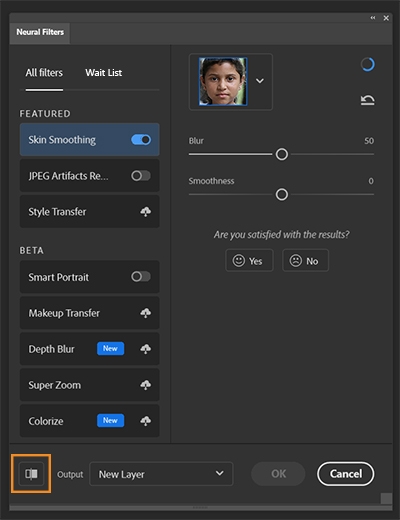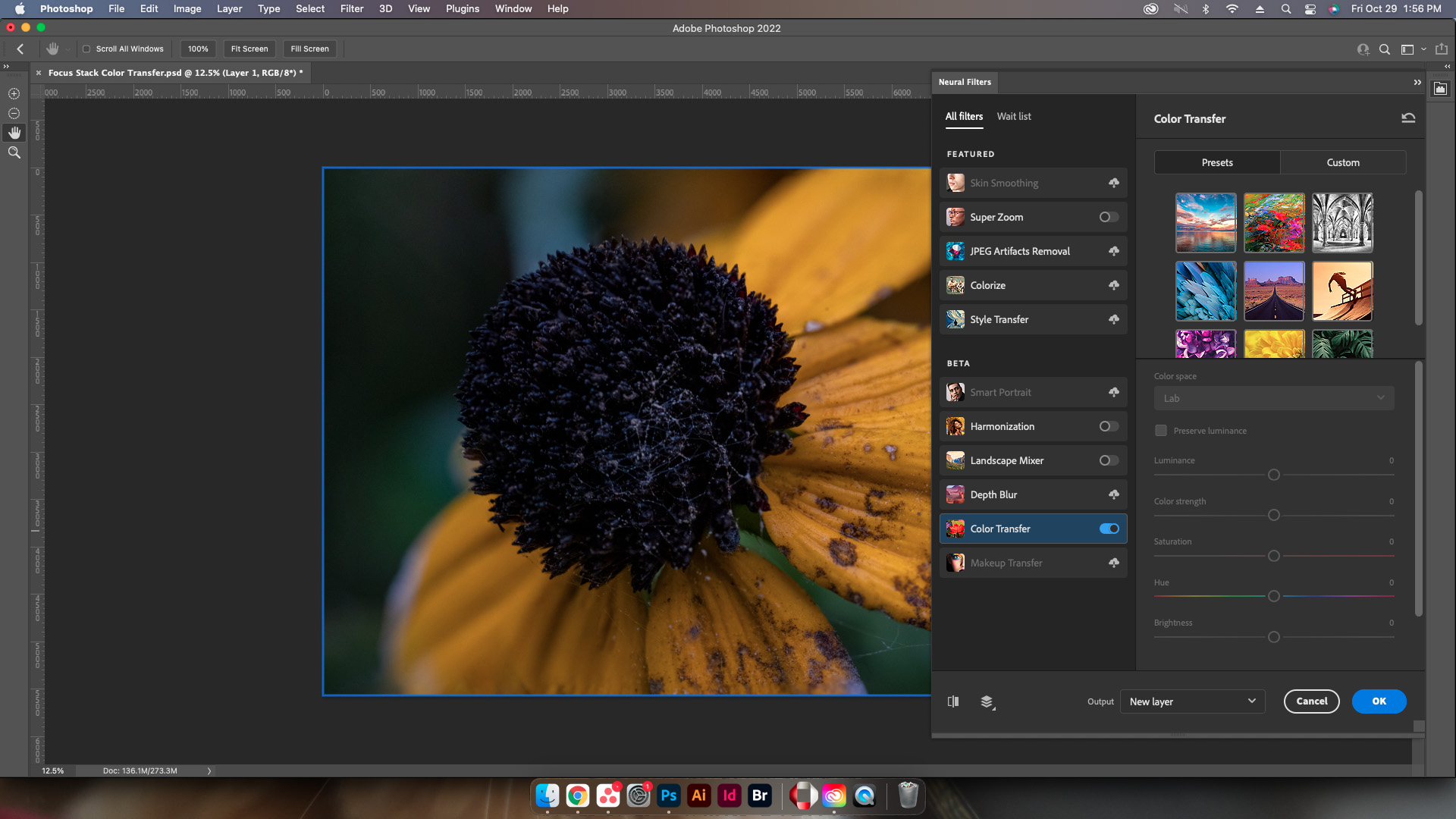
Adobe Photoshop Neural Filters: Complete Buyer's Guide
Integrated AI-powered photo restoration within Creative Cloud
Adobe Photoshop Neural Filters represents Adobe's integrated approach to AI-powered photo restoration within the Creative Cloud ecosystem, targeting design professionals who prioritize workflow continuity over specialized restoration capabilities.
Market Position & Maturity
Market Standing
Adobe maintains dominant market position within the creative software ecosystem, leveraging established Creative Cloud relationships to drive Neural Filters adoption despite technical performance gaps versus specialized competitors.
Company Maturity
Market maturity indicators demonstrate Adobe's established presence in professional creative workflows, with the 2022 Neural Filters rollout building upon decades of Photoshop market leadership.
Growth Trajectory
Growth trajectory reflects broader AI integration strategy within Adobe's creative suite, though specific Neural Filters adoption metrics remain proprietary.
Industry Recognition
Industry recognition centers on ecosystem integration rather than standalone restoration capabilities.
Strategic Partnerships
Strategic partnerships within the creative industry reinforce Adobe's market position.
Longevity Assessment
Long-term viability remains strong due to Creative Cloud ecosystem lock-in effects and established enterprise relationships.
Proof of Capabilities
Customer Evidence
Adobe Photoshop Neural Filters demonstrates proven capabilities through enterprise adoption patterns showing 92% preference among agencies for tools integrated with established design suites[148][156].
Quantified Outcomes
Quantified implementation outcomes include 37% reduction in onboarding complexity for enterprise clients utilizing Adobe's dedicated AI adoption specialists[131].
Market Validation
Market validation emerges through ecosystem leverage rather than competitive displacement of specialized restoration tools.
Competitive Wins
Competitive positioning evidence shows Adobe maintaining market preference despite technically inferior quality metrics compared to specialized tools like Topaz Labs.
Reference Customers
Enterprise reference implementations demonstrate scalability within large creative organizations, though specific customer names and detailed case studies remain proprietary.
AI Technology
Adobe Photoshop Neural Filters leverages cloud-based AI processing architecture integrated within the Creative Cloud ecosystem, delivering four core restoration capabilities through Adobe's proprietary neural networks.
Architecture
The platform's cloud-based architecture enables consistent processing capabilities across different hardware configurations, though internet connectivity requirements limit offline accessibility.
Primary Competitors
Primary competitors include Topaz Labs, Remini, and VanceAI.
Competitive Advantages
Competitive advantages emerge through enterprise support infrastructure, including dedicated AI adoption specialists that reduce onboarding complexity by 37%[131].
Market Positioning
Adobe's competitive strengths center on Creative Cloud ecosystem integration rather than pure technical performance.
Win/Loss Scenarios
Win/loss scenarios favor Adobe when organizations prioritize Creative Cloud integration, require enterprise-grade support structures, and handle routine restoration tasks within broader design workflows.
Key Features

Pros & Cons
Use Cases
Pricing
Featured In Articles
Comprehensive analysis of AI Photo Restoration Tools for AI Design for AI Design professionals. Expert evaluation of features, pricing, and implementation.
How We Researched This Guide
About This Guide: This comprehensive analysis is based on extensive competitive intelligence and real-world implementation data from leading AI vendors. StayModern updates this guide quarterly to reflect market developments and vendor performance changes.
229+ verified sources per analysis including official documentation, customer reviews, analyst reports, and industry publications.
- • Vendor documentation & whitepapers
- • Customer testimonials & case studies
- • Third-party analyst assessments
- • Industry benchmarking reports
Standardized assessment framework across 8 key dimensions for objective comparison.
- • Technology capabilities & architecture
- • Market position & customer evidence
- • Implementation experience & support
- • Pricing value & competitive position
Research is refreshed every 90 days to capture market changes and new vendor capabilities.
- • New product releases & features
- • Market positioning changes
- • Customer feedback integration
- • Competitive landscape shifts
Every claim is source-linked with direct citations to original materials for verification.
- • Clickable citation links
- • Original source attribution
- • Date stamps for currency
- • Quality score validation
Analysis follows systematic research protocols with consistent evaluation frameworks.
- • Standardized assessment criteria
- • Multi-source verification process
- • Consistent evaluation methodology
- • Quality assurance protocols
Buyer-focused analysis with transparent methodology and factual accuracy commitment.
- • Objective comparative analysis
- • Transparent research methodology
- • Factual accuracy commitment
- • Continuous quality improvement
Quality Commitment: If you find any inaccuracies in our analysis on this page, please contact us at research@staymodern.ai. We're committed to maintaining the highest standards of research integrity and will investigate and correct any issues promptly.